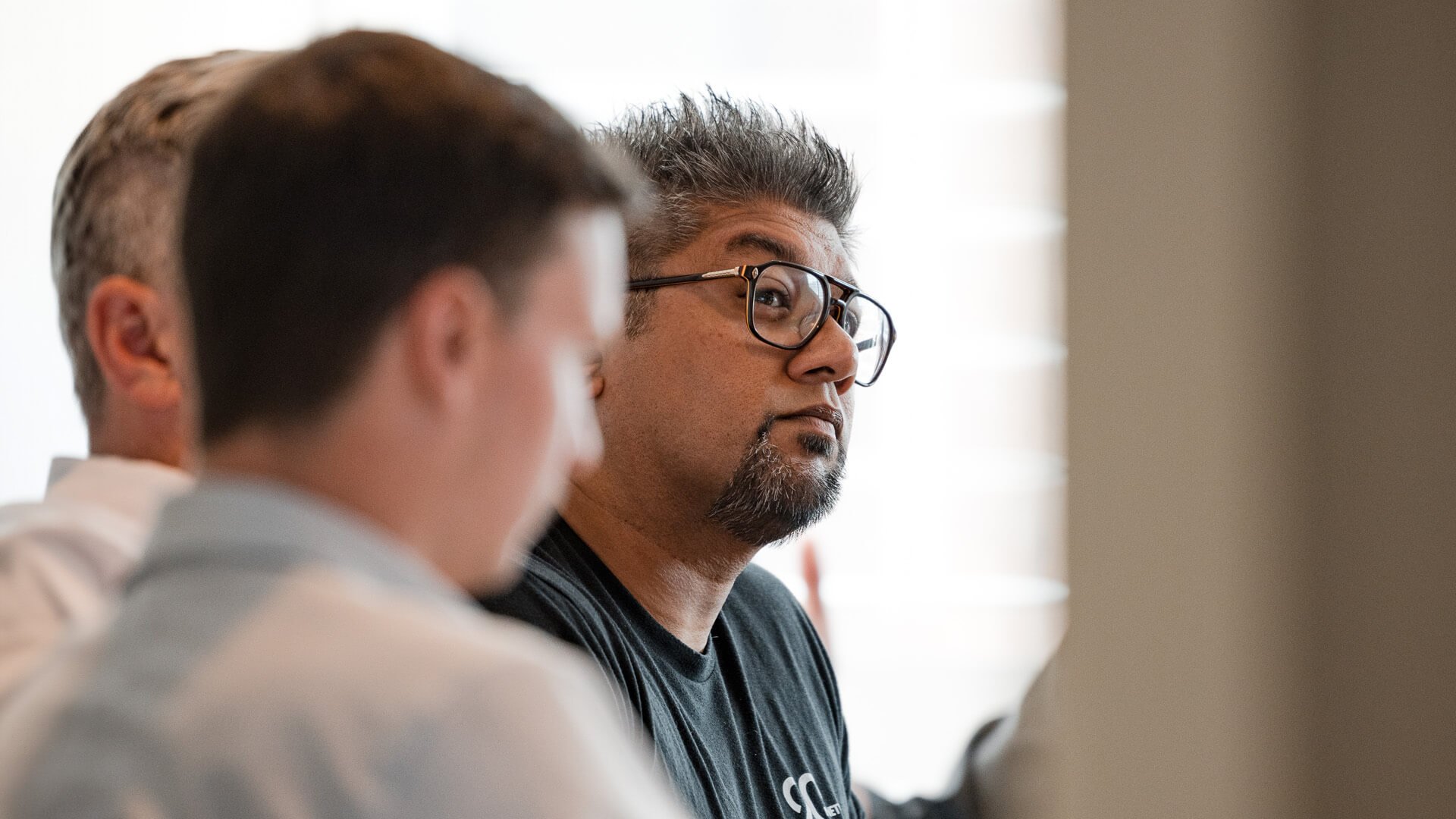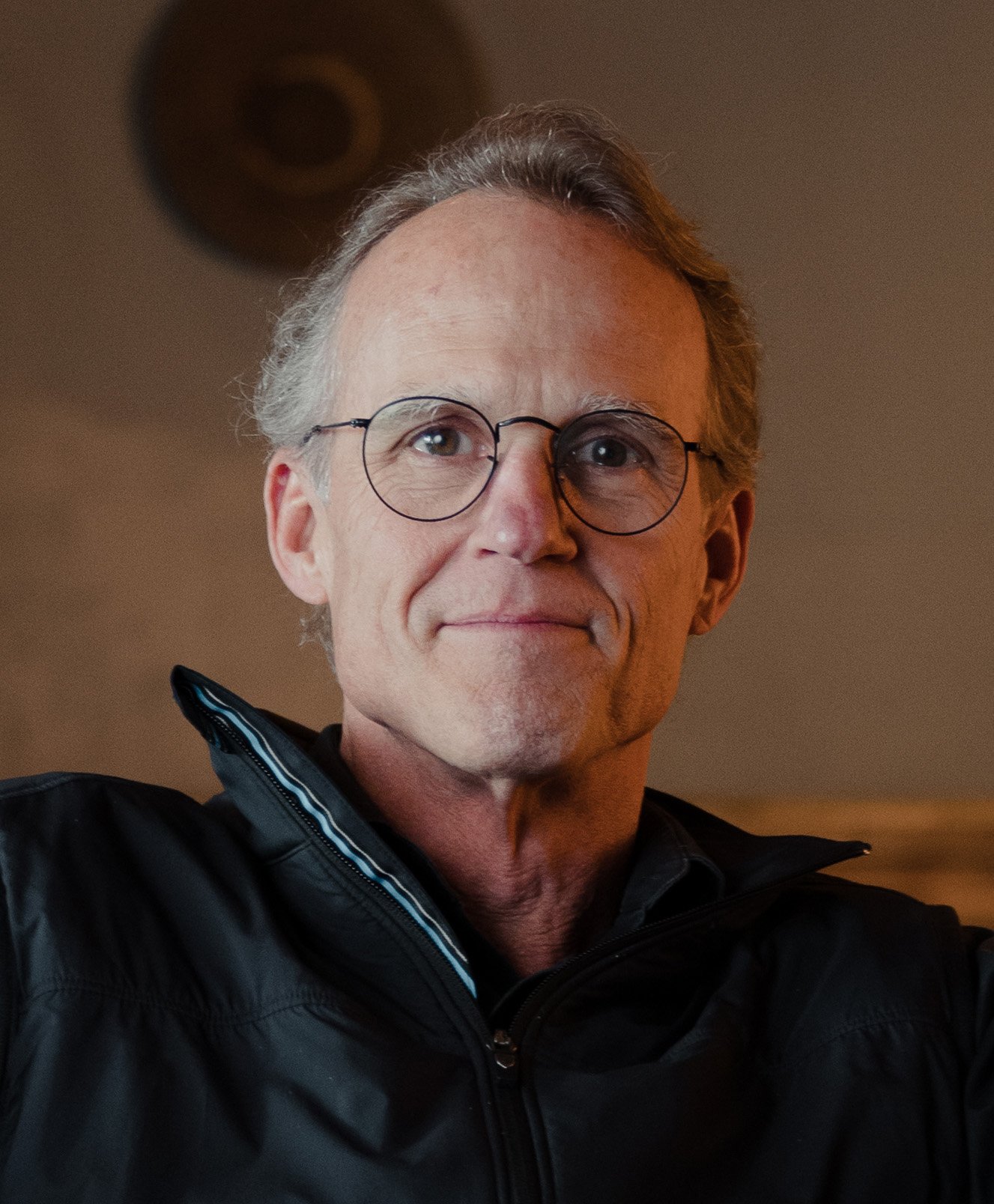Building Resilient and Antifragile Organizations
Uncertainty is the only constant in life, and how we respond to it defines us as leaders. Lately, I’ve been reflecting on two concepts that resonate deeply with those of us striving to build enduring organizations: resilience and antifragility. While resilience helps us withstand adversity, antifragility takes us a step further — it allows us to grow from challenges. Understanding these concepts is essential if we want to create businesses that not only survive but thrive in a complex and changing world.
In my upcoming book, Work 9.0, I explore the evolution of work. We’re transitioning into a new age, one where building organizations that are not just resilient but antifragile will likely determine not only their success but also their ability to evolve and continue to matter over the long term.
We need to ask ourselves how we can cultivate a culture and structure where resilience is the baseline and antifragility is the goal.

“Antifragility is beyond resilience or robustness. The resilient resists shocks and stays the same; the antifragile gets better.”

Nassim Nicholas Taleb
Resilience vs. Antifragility: What’s the Difference?
Resilience is about taking the necessary actions to withstand the unforeseen. It’s about being disciplined when it comes to saving for a rainy day. It's about having enough cash on hand to make our way through a recession without having to take any drastic actions. It’s about having the ability to bounce back — to recover from setbacks or difficult circumstances and return to a state of equilibrium. It’s the capacity of an organization (or individual) to endure challenges while keeping its core intact.
Antifragility, a term coined by Nassim Nicholas Taleb, goes further. Antifragile systems gain from adversity. They use challenges to grow stronger. Unlike resilient organizations that only endure disruptions, antifragile organizations leverage adversity to innovate and adapt. In these businesses, errors and volatility aren’t just tolerated — they’re embraced as drivers of improvement.
At Ninety, we talk about antifragility in the context of long-term success: focusing on the infinite game, where short-term crises are met by the phrase “we are exactly where we are supposed to be, learning the lessons we need to learn.” With this mindset at the center of who we are, we strive to respond appropriately by taking in the lessons we need to learn, leaning into our collective confidence in the value of the work we are doing, and endeavoring to stay focused, aligned, and thriving, even in the face of setbacks and/or the fog of uncertainty.
In short: Resilience helps us survive. Antifragility helps us thrive.

The Power of Stress: Using It to Build Antifragility
There’s a powerful concept called hormetic stress — the idea that short-term, manageable stressors lead to growth. Think of it like weightlifting: The stress of lifting heavier and heavier weights over time causes small tears in muscle fibers, and with rest and recovery, the muscles rebuild stronger. In business, hormetic stress comes from taking on challenges that stretch but don’t break us. This controlled discomfort helps build not just resilience but also antifragility.
When used intentionally, this type of stress can drive personal and organizational growth. The key is balancing it to avoid chronic stress, which erodes performance, leads to burnout, and undermines decision-making.
Damn good and great leaders intentionally structure these stressors to foster antifragility within their teams. It’s about encouraging risk-taking, pushing boundaries, and allowing space for failure as a learning mechanism. The goal isn’t to overwhelm but to provide the right mix of challenge and recovery.
Antifragile Teams: Thriving Amid Adversity
Resilient team members can adapt and recover quickly from stress, while antifragile team members actively seek out new challenges and experiences. They’re constantly learning, evolving, and finding opportunities for growth, even when circumstances are difficult. They aren’t just playing defense — they’re on the offense, using change as fuel for innovation and progress.
How do we build antifragile teams? Here are a few ways to get started:
1. Cultivate a Culture of Experimentation
At the core of antifragility is the ability to experiment, learn, and adapt. Encourage your team to take calculated risks and explore new ideas without the fear of failure. This experimental mindset allows teams to discover what works and what doesn’t, leading to innovations and improvements that might not have been possible otherwise.
At Ninety, we emphasize the importance of small-scale experiments that can yield valuable insights without significant risk. By encouraging a culture where experimentation is celebrated, we empower our team members to push boundaries and challenge the status quo, knowing that each experiment, successful or not, contributes to collective learning.
2. Embrace a Growth Mindset
A growth mindset, popularized by Carol Dweck, is the belief that abilities and capabilities can be developed through dedication and hard work. This mindset is essential for antifragility because it instills the belief that challenges are opportunities for growth rather than insurmountable obstacles.
At Ninety, we encourage our team members to seek feedback, learn from their experiences, and continuously develop their skills. By fostering a growth mindset, we create an environment where individuals are motivated to learn and improve, regardless of setbacks or failures.
3. Promote Open Communication
Open communication is vital for building antifragile teams. When team members feel safe to express their ideas, concerns, and feedback, it creates a culture of trust and transparency. This environment allows for the free flow of information and encourages collaborative problem-solving.
We prioritize open communication through Weekly Team Meetings and 1-on-1 meetings, retrospective sessions, and transparent decision-making processes. By ensuring that everyone’s voice is heard, we can identify potential issues early and work together to find solutions that strengthen the team as a whole.
4. Develop Adaptive Leadership
Leaders play a crucial role in fostering antifragility within their teams. Adaptive leaders are those who can navigate uncertainty with confidence, inspire their teams to embrace change, and lead by example. They’re open to learning, they admit when they’re wrong or don’t understand something, and they’re willing to pivot when necessary — demonstrating that flexibility is a strength, not a weakness.
At Ninety, we’re developing programs that equip our leaders with the skills and mindset needed to guide their teams through complex and uncertain environments. As an example, we recently did a 90-minute session called Fearless for our whole company at our annual retreat.
5. Encourage Continuous Learning
Learning is an ongoing process, and in an antifragile organization, it’s essential to keep the momentum going. Encourage your team members to pursue new skills, stay informed about industry trends, and engage in professional development opportunities.
At Ninety, we offer a range of learning resources and opportunities, from workshops and seminars to access to online courses and industry conferences. By investing in continuous learning, we ensure that our teams remain agile and capable of adapting to new challenges and opportunities.
6. Build a Diverse and Inclusive Team
Diversity and inclusion are key components of antifragility. A diverse team brings together different perspectives, experiences, and ideas, leading to more innovative solutions and better problem-solving. Inclusivity ensures that all team members feel valued and can contribute to their fullest potential.
We strive to build diverse teams at Ninety by actively seeking out individuals with varied backgrounds and experiences. Inclusivity means we’re extraordinarily transparent about everything so our colleagues have as much context as they need in order to contribute to their fullest potential.
Building Organizations That Leverage Adversity
As leaders, our job is to build organizations that can adapt and innovate when faced with challenges. This means building systems that don’t just survive adversity but “gain” from it. To do that, we need to shift from an expectations-based culture to a high-trust, agreements-based culture. These are organizations where expectations are turned into agreements, fostering a deeper sense of alignment and mutual support.
To thrive in this new Age of Work, it’s essential to integrate antifragility into the very fabric of our organizations. That starts with surrounding ourselves with Ideal Stakeholders, and it also includes hiring people who align with our Core Values; demonstrate Competency, Commitment, and Capacity; and genuinely want to grow with the company.
Evolution is relentless. Our world is changing at a faster pace than ever before, and organizations that prioritize both resilience (being prepared for that inevitable punch in the face) and antifragility (turning lemons into lemonade) are playing the long game. They’re ready to face the inevitable disruptions that come their way, not with dread, but with confidence that they’re not just ready for it but have what it takes to turn it into an opportunity.
If we want to build organizations that stand the test of time, we must prioritize resilience and antifragility. Resilience ensures we survive the tough times. Antifragility ensures we come out stronger on the other side. By focusing on these two attributes, we can lead teams that are not just surviving in the current Age of Work (what I call Work 8.0) but thriving and innovating through every challenge they encounter.
At Ninety, we’re committed to helping leaders like you build extraordinarily productive, humane, and resilient organizations — organizations that you love leading because you’re surrounded by colleagues who are focused, aligned, and thriving. Let’s embrace the future: Resilience will keep us steady, but antifragility will ensure we rise above whatever comes our way.





